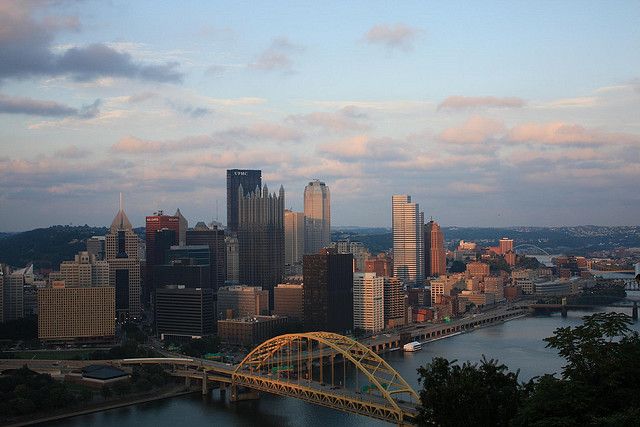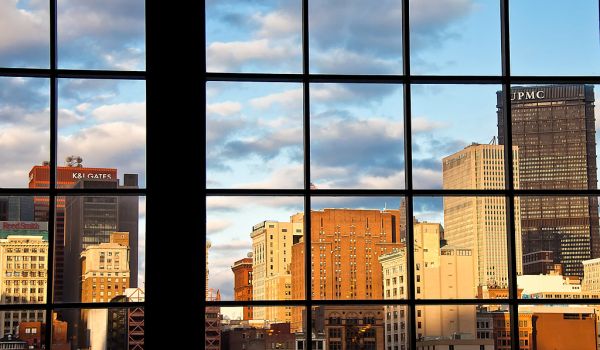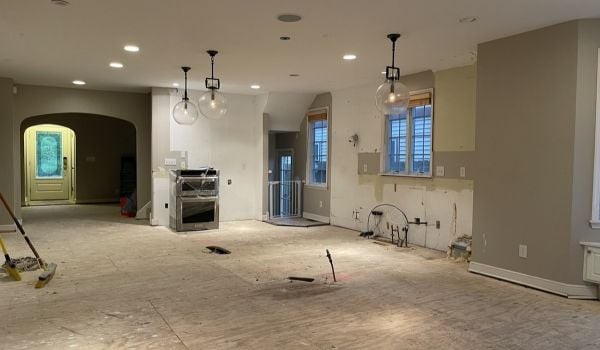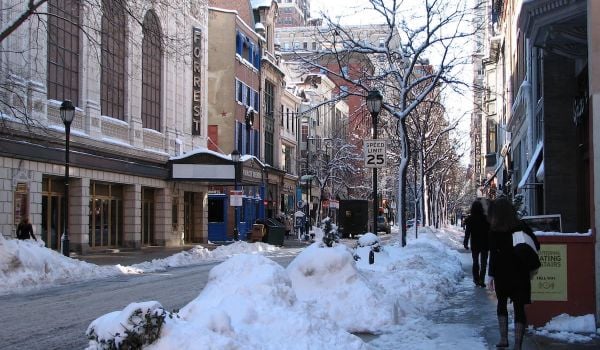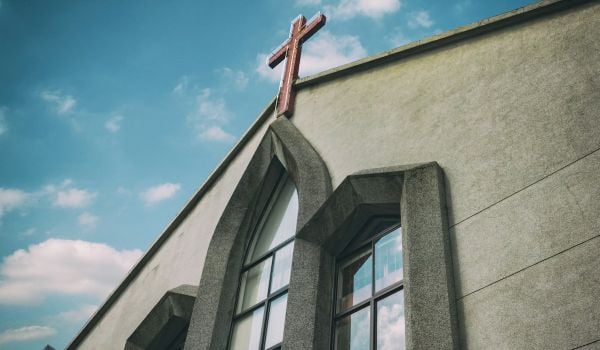The City of Pittsburgh is 252 years old, and is only now embarking on its first-ever comprehensive plan. This past spring, a series of ongoing community meetings were held to gather input for the plan, which is known as PLANPGH. The document will include twelve components; among them are transportation, historic preservation, open space, public art, and urban design. To ensure broad support for the plan, and to avoid the missteps of past urban renewal projects, Director of City Planning, Noor Ismail, says, “Public input is the cornerstone of PLANPGH.”
Andrew Moore spoke with Noor Ismail to find out what PLANPGH means for the city’s future.
PLANPGH is Pittsburgh’s first-ever comprehensive plan. What does this mean?
It is Pittsburgh’s first comprehensive plan in several respects; it is the first such plan that meets the intentions of the Pennsylvania Municipal Planning Code (PA MPC) enacted in 1968 — though it should be noted that Philadelphia and Pittsburgh are exempted from the mandate to produce comprehensive plans in Pennsylvania. Pittsburgh has undertaken many neighborhood plans, project-based plans (redevelopment/renewal area plans), and the like over its history. Going further back in history, back to the formative years of city planning as a profession, Pittsburgh commissioned Frederick Law Olmstead to complete a comprehensive plan for the city. Political and personal battles intervened, and the plan was scaled back in scope from a comprehensive, citywide effort to a plan focused on the Central Business District and several main thoroughfares in the city. The Olmstead plan was completed and presented to the city in 1911. Following this, a number of efforts to complete a comprehensive plan were undertaken. Committees and commissions had been formed and undertook studies at various times, but none had been successful in pushing a true and complete comprehensive plan through an official process to completion and adoption.
We are undertaking PLANPGH in a slightly different manner than most comprehensive plans. Again, since we are not subject to the requirements of the PA MPC, we are able to be creative in our use of limited public and philanthropic resources. Typically, one team of professionals is hired to look at all components over the course of 18-to-24-month planning process. Sometimes this time period does not allow sufficient time to develop specific recommendations or detailed steps about how to implement them, resulting in a plan with worthy goals, but few results. In order to assure a more useful level of detail, the city has elected to take more time with each of the twelve components of the plan, hiring expert teams to work with residents, city departments and authorities, community groups, investors and other stakeholders to craft specific recommendations for the issues they care and know most about.
We consider PLANPGH to be the most ambitious, inclusive, innovative, and wide-ranging planning effort undertaken in the city of Pittsburgh in its 252-year history.
In the past, what did Pittsburgh do in lieu of a plan?
Pittsburgh has undertaken many planning processes over the years, some have been very successful and well implemented, and some have missed the mark — in hindsight, of course. Most have been either project-based or focused on a single portion of the city, however. For example, Pittsburgh was one of the first cities in America to undertake a large scale urban renewal project — Gateway Center — and it was carried out with great success. Pittsburgh also undertook some urban renewal projects that did not pan out as intended and ultimately did not prove to be beneficial to the communities they were intended to revitalize. All of these projects were undertaken independent of one another, and there was no apparent logical sequence to them.
Pittsburgh has a multitude of agencies, departments, and authorities that serve vital functions and provide critical services, but communication and coordination among them has been inefficient due to the lack of a set of common goals and policies.
How important is PLANPGH for Pittsburgh’s future?
PLANPGH is very important to Pittsburgh’s future if for no other reason than to serve as a rallying point for our many agencies and organizations that encourages them to all work toward a common goal. Of course, it is important for more reasons than that; PLANPGH will allow the city to be proactive and seize opportunities instead of reacting to problems after they arise. It will be a means for identifying, prioritizing, coordinating and funding projects that may involve many partners and funding from multiple sources.
Over the years, the factors that elected officials and other decision makers need to consider when making land use and investment decisions have grown increasingly complex. Adapting to challenges such as market fluctuation, environmental change, and a shifting population is never easy, and requires a great deal of coordination within the city and with other partners in the region. To decrease the impact of these challenges and to seize opportunities that arise from them, the city of Pittsburgh has begun an ambitious planning process that is designed to address life in a 21st-century city.
How big of a role will public input play in the outcome of the plan?
Public input is the cornerstone of PLANPGH. Without the extensive public outreach part of our effort, PLANPGH would not ultimately have the legitimacy it needs to be a truly transformative document for Pittsburgh. The last thing Pittsburgh needs is a plan that sits on a shelf and collects dust.
If we can engage a large number of people and show them that they have a vested interest in this process, we will have done Pittsburgh and its people a great service. In addition to traditional methods of outreach where we try to get the public to come to us to be involved (meetings, focus groups, etc.), we are trying to bring PLANPGH to them. We invest a lot of time reaching out to people at community festivals, neighborhood organizations, and other events throughout the city—essentially we want to create a buzz around the plan. We are utilizing social media as a supplement to our in-person interactions, and we are constantly trying to drive traffic to our website.
We host a lot of information online and provide methods for gathering comments on documents, surveys, etc. on our website as well. So far, public comment has been very influential on the development of recommendations for the two components of the plan that we are well underway on. We expect that level of input to grow considerably as we go through the remaining components.

